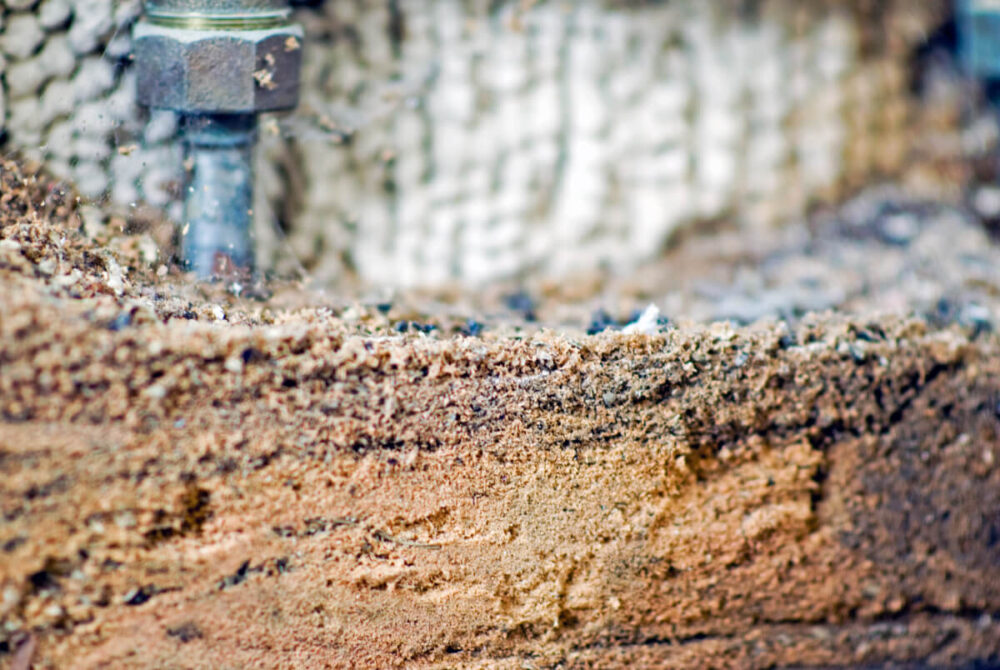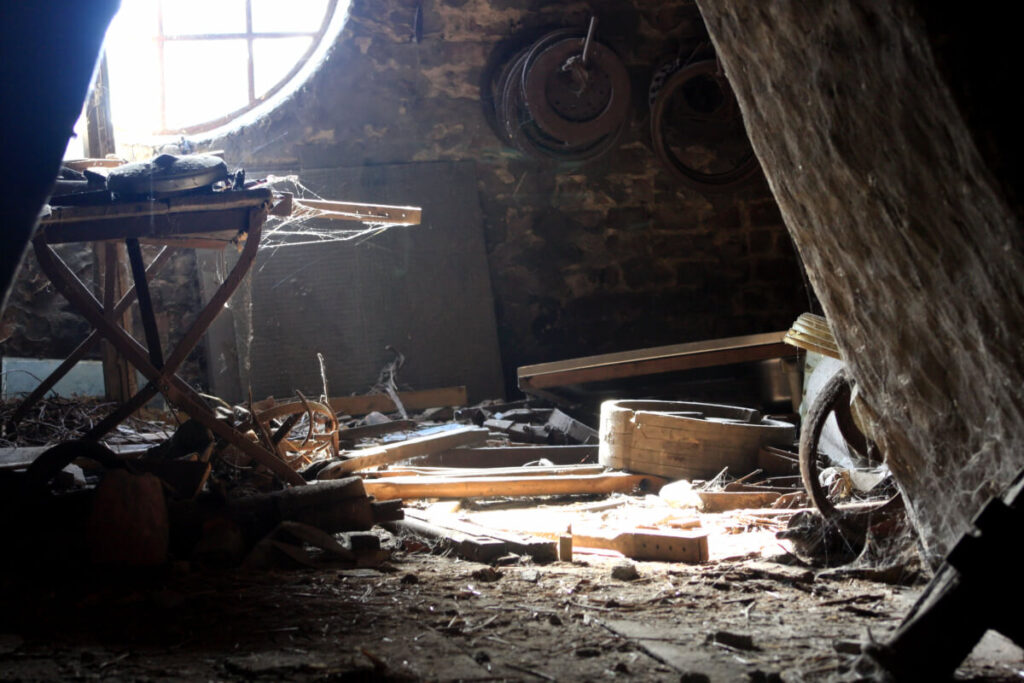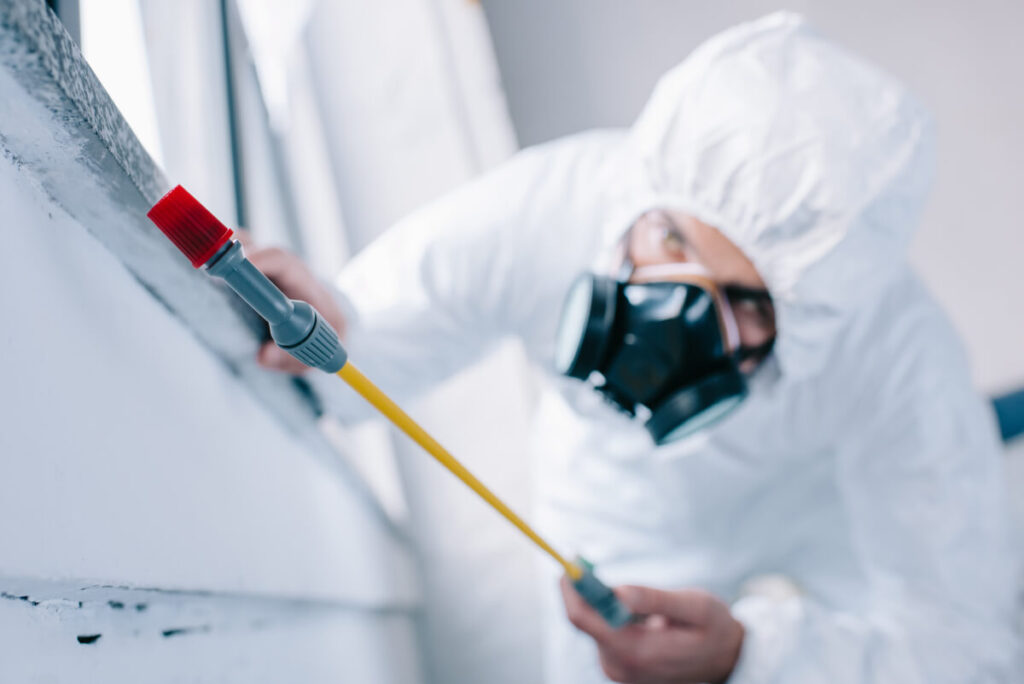
Carpenter ants are one of the most destructive pests that can enter your home. Some people even get them confused with termites because these pests also attack the wooden structures of your home, creating sawdust in their trail and weakening the foundation of the building.
So why exactly do carpenter ants leave sawdust at the edge of wooden structures they attack? Unlike subterranean termites that feed on wood, carpenter ants only burrow through the wood when creating their tunnels and galleries. The frass at the edge of the windows and walls they’ve attacked is a combination of sawdust and waste products.
According to the National Pest Management Association, carpenter ant infestations are so widespread that pest management companies reported these pests to account for 66% of the insect problems they respond to. The carpenter ant damage builds up rapidly that sometimes, homemade repellents might not work alone anymore and homeowners need the help of a pest management professional to get rid of them.
One of the most obvious signs of carpenter ant infestations in a property is the appearance of sawdust at the edge and exit holes of windows, wall voids, hollow spaces, and other wooden structures. This can be alarming because these pests burrow through the wood, making it hollow and weakening its structural stability.
Carpenter ants are opportunistic feeders that eat anything available to them to survive, but wood isn’t included in the long list of the food they eat. Instead, they only use their strong jaws to tear out the wood pieces in their way when creating smooth tunnels and galleries inside walls.
These ants like making their nests in water-damaged wood because it's easier and softer for them to chew. Even small water leaks or plumbing problems cause wood to soften and rot so make sure to keep the plumbing system up to date by scheduling regular inspections. Although carpenter ants initially attack rotten or damp wood, they eventually make their way to sound wood.
Carpenter ants make their tunnels, galleries, and even nests inside wood by chewing through the wood and smoothing its edges. Unlike termites, this species of ants doesn’t have the organs or chemicals in the body that allow it to eat and digest the structural wood of a building. What happens is that the wood they chew is discarded out of the tunnel as coarse sawdust.
The carpenter ant’s sawdust found at the edge of wooden structures is the colony’s dump pile. It usually contains coarse sawdust, dead insects, insect parts, some soil or insulation, or whatever they have to chew through to create their smooth tunnels.
Other than causing breathing problems when accidentally inhaled, the sawdust itself doesn’t really pose a big threat to humans in the way that other pest droppings do. However, the appearance of heaps of sawdust means that the wood inside the structure is slowly becoming hollow as the ants excavate through it, leading to weakened structures and foundations around the house.

Worker carpenter ants prefer going out and foraging at night so it’s best to look for their nests during the evening or early morning. The worker ants can travel up to 100 yards from their colony, so it might take a few more inspections before you find their main colony.
Most carpenter ants have their main colonies outdoors – they only enter the house to create satellite colonies inside walls, floors, and windows made of wood. If you’re looking for a place where sawdust might be, here are some places to inspect both indoors and outdoors:
Sawdust isn’t easily noticeable if there’s only a small amount on the edges of wooden structures. But once you realize that you’ve been sweeping the same area for coarse sawdust and piles of wood shavings more frequently than normal, then it might be a sign of carpenter ant activity in the area. Make sure to look out for other signs of ant infestation like:
Carpenter ants often send out a few scout ants in search of food sources so it’s easy to spot a few of them sometimes. These ants have black, red, or brown bodies that are about 5/8 inch long. They also have one node between their abdomen and thorax. Around spring or fall, some flying carpenter ants show up to mate and begin a new ant colony.
Upon finding the sawdust on the edges of the wooden structure, try checking the wood itself if there are wood tunnels and galleries inside. Carpenter ants like to keep their galleries clean so you might find smooth tunnels which can be easily probed and broken with a screwdriver.
Carpenter ants inside walls also produce faint rustling sounds as they move inside the walls. They react once the wood is knocked, but some homeowners may also notice a hollow sound combined with the scurrying noises of the ants. This means that the structural damage inside the walls is getting worse since they’re already becoming hollow.
Once you notice that there’s sawdust in the edges of different wood structures around the house, the next step is to look for other signs of carpenter ant infestation in your home. Most homeowners rely on different homemade remedies and natural repellents to keep the ants at bay and prevent extensive damage, but this might not be the best option for everyone.
If the infestation is already severe, it’s better to call a pest management professional to take care of the problem. They have the right tools and experience to get rid of the carpenter ant infestation safely and effectively.

Carpenter ant infestations are especially difficult to deal with because they hide inside floors and walls and attack the wood structures there. They won’t go away on their own so it’s better to call an experienced pest control company immediately before the pests cause more damage to your space.
At Yale Pest Control, we provide excellent pest extermination services for ants in different properties around Connecticut. Our highly-skilled team prides itself on years of experience, allowing us to provide customized treatments based on the specific needs and problems of our clients. Call us today at (800) 750 – 9253 to get a free quote.